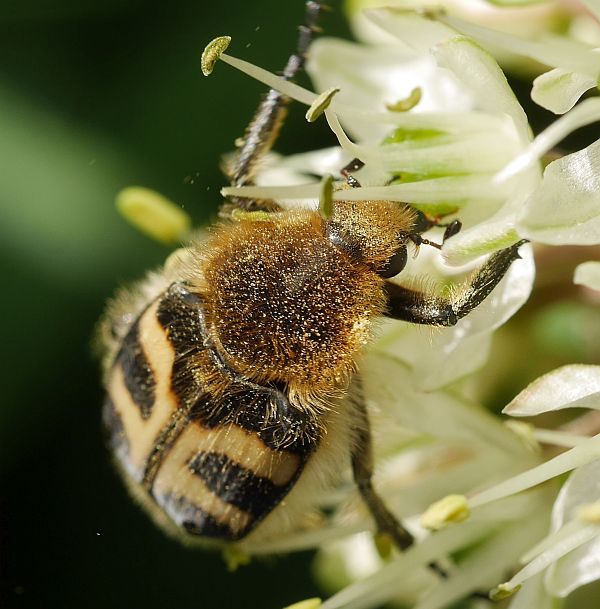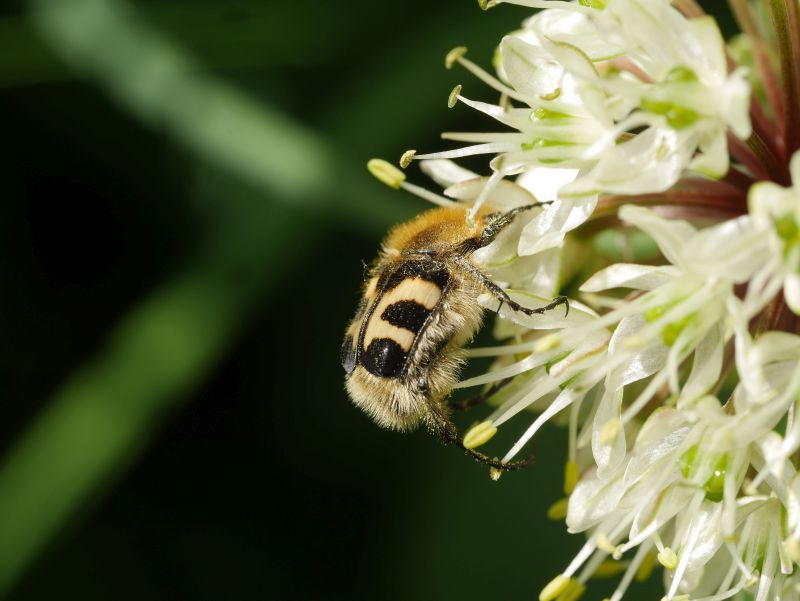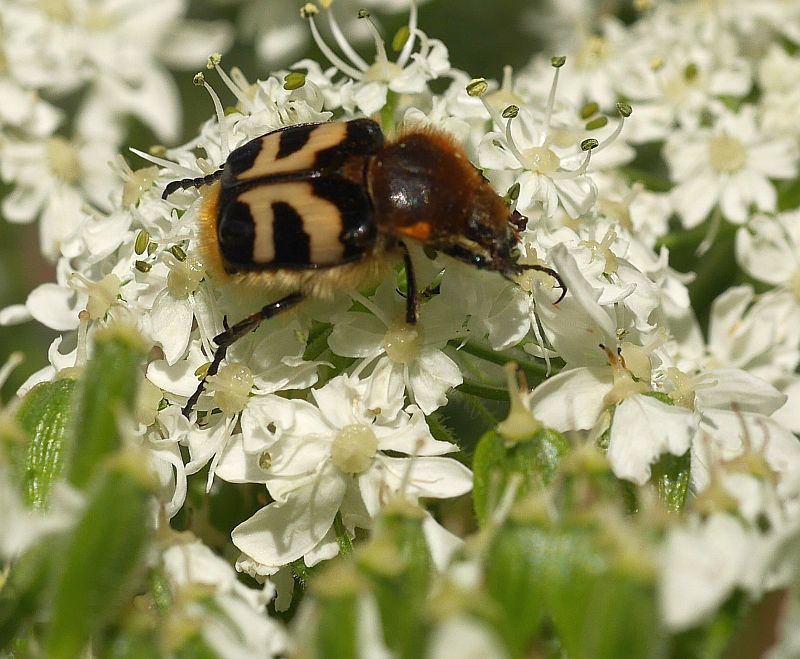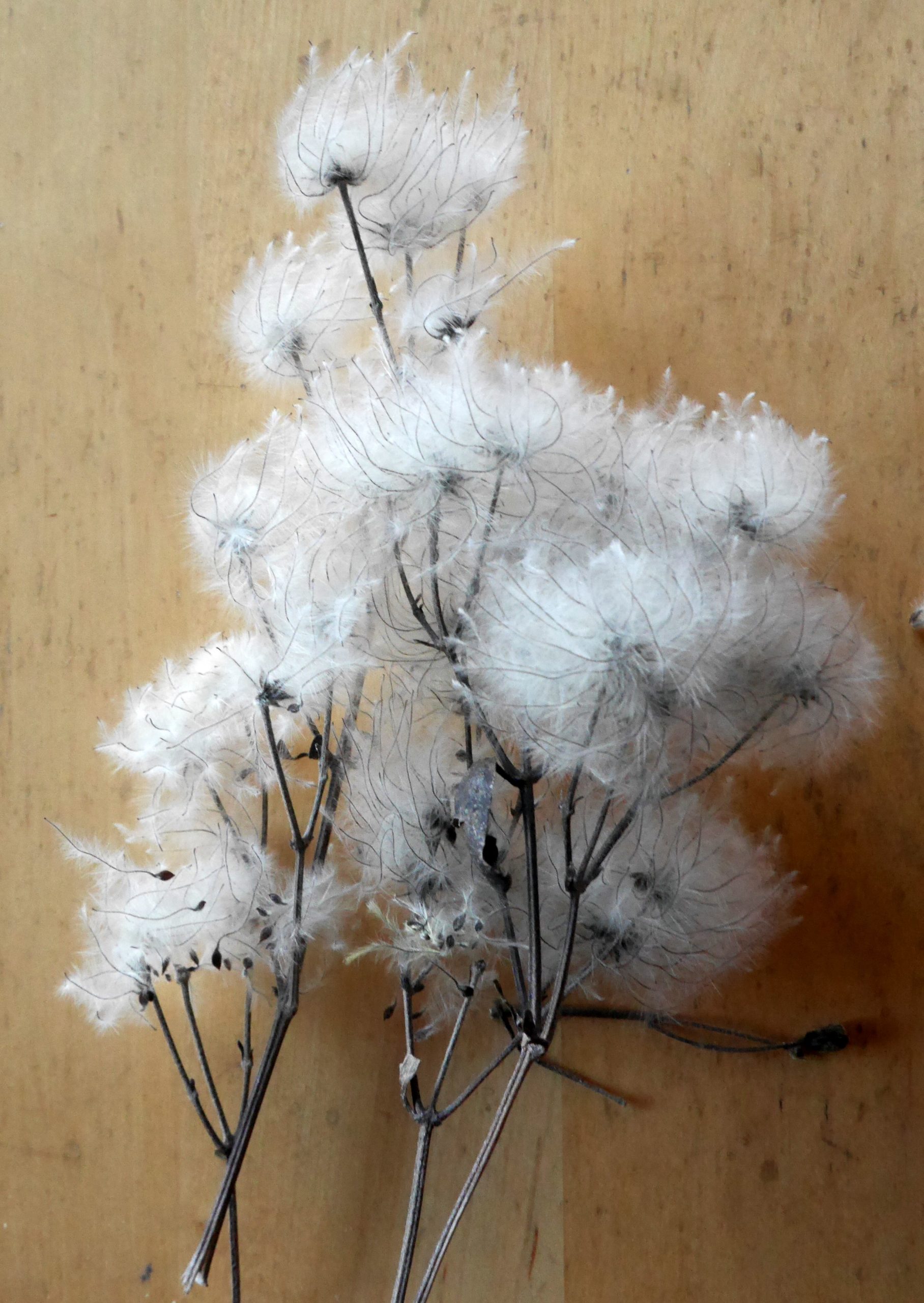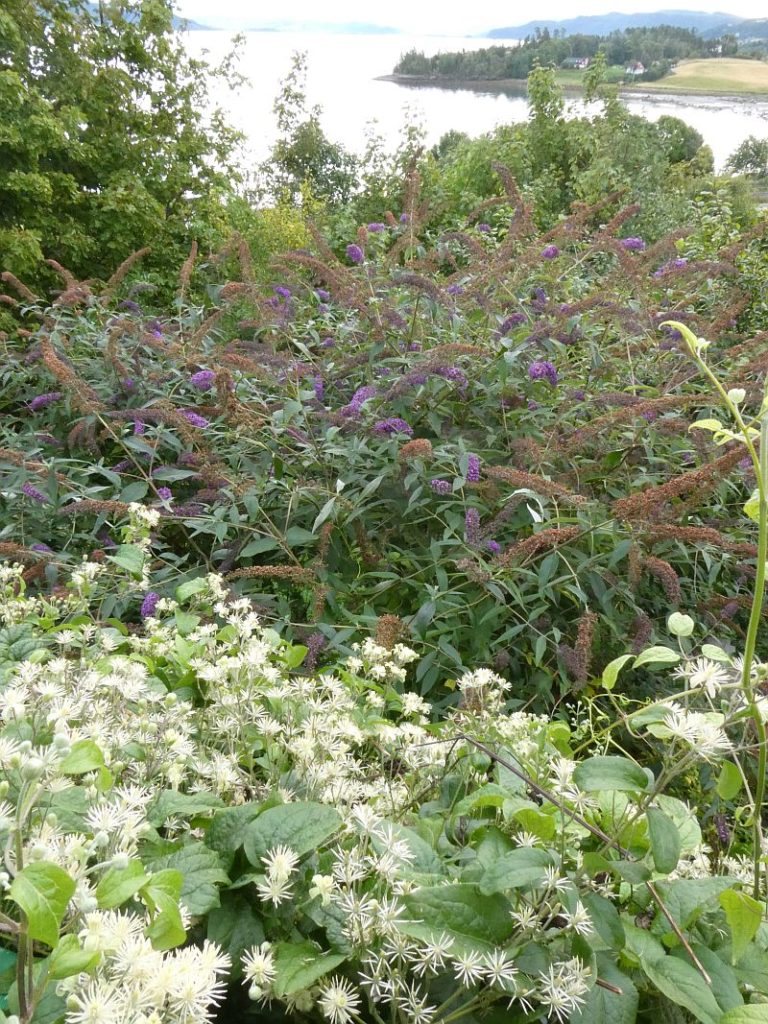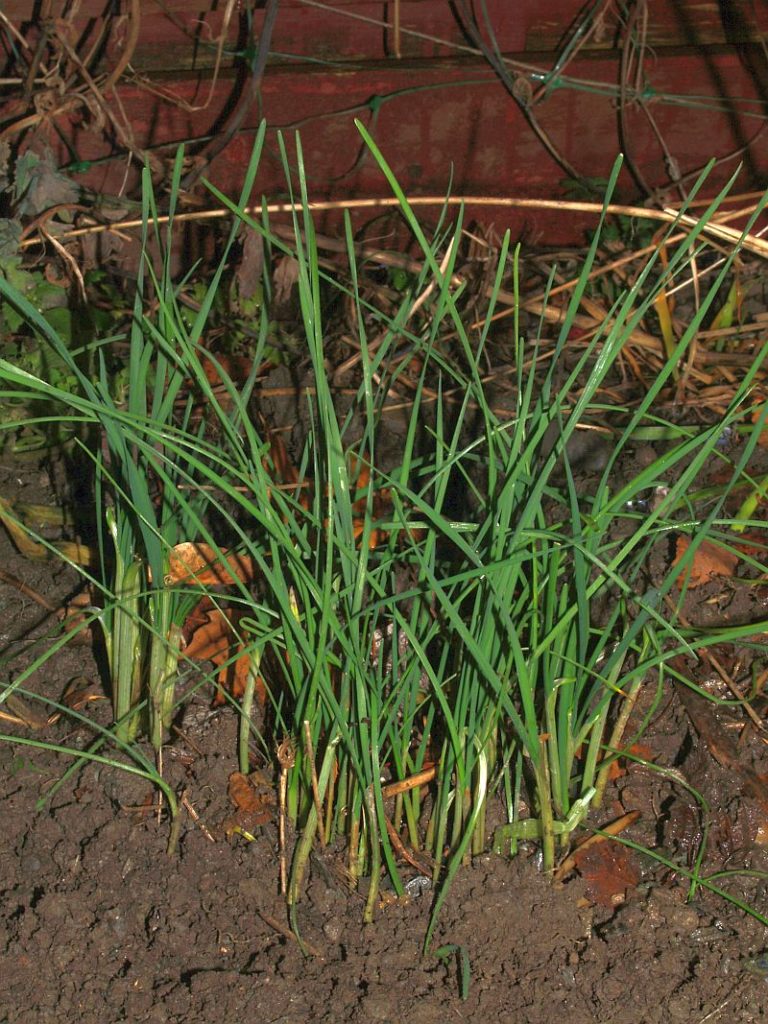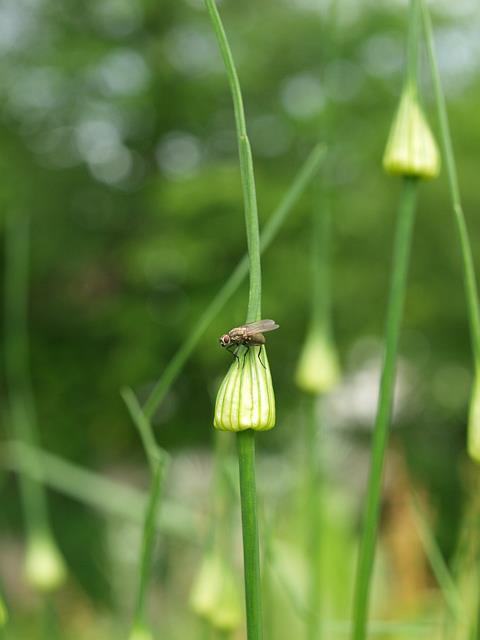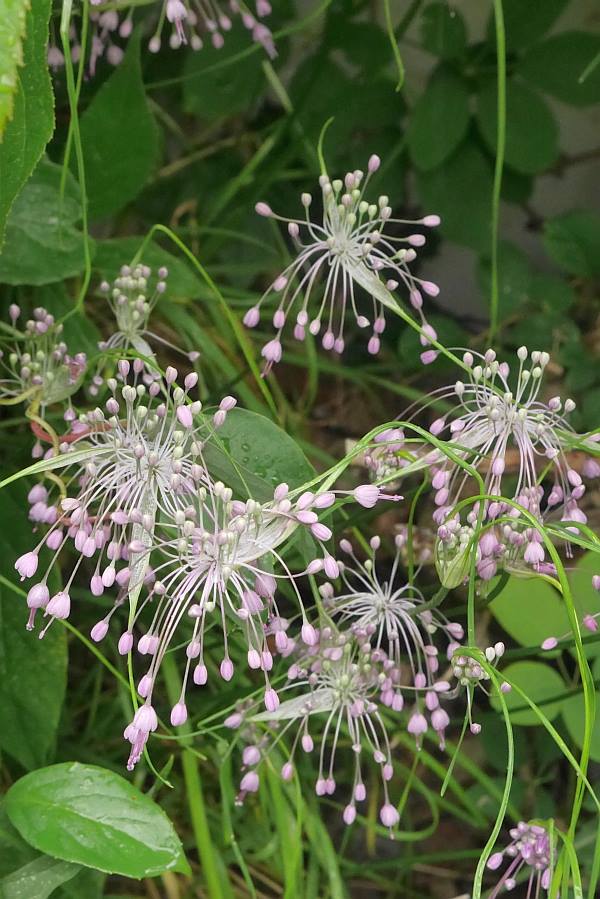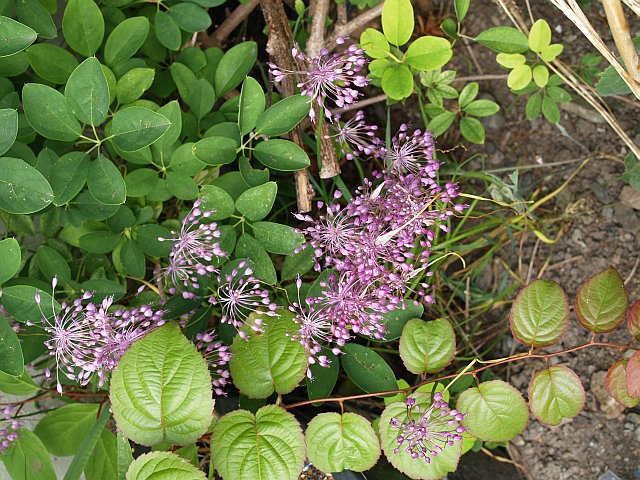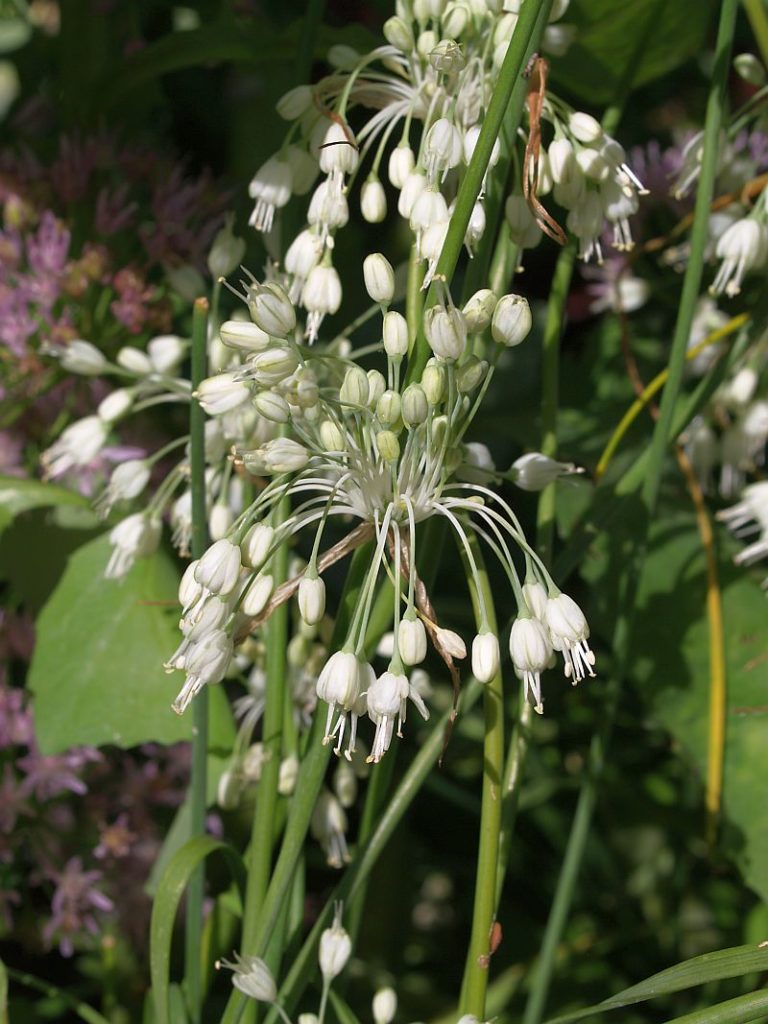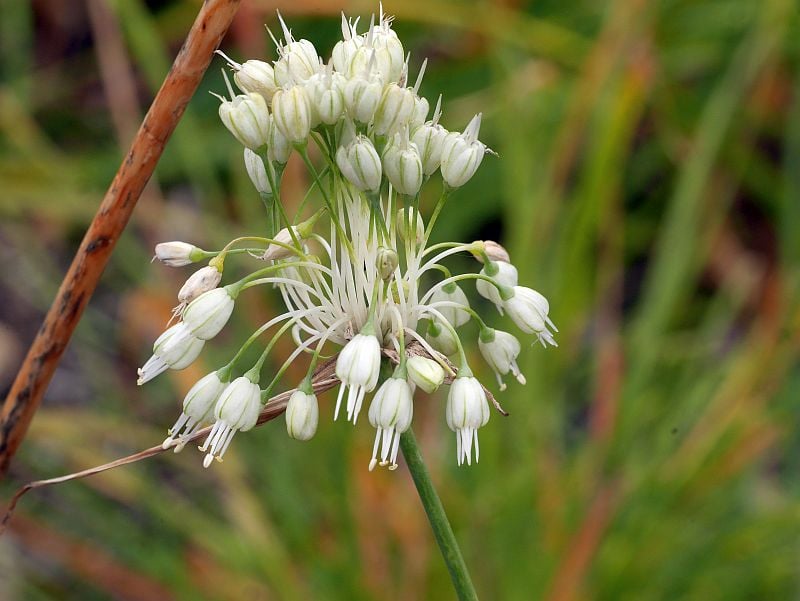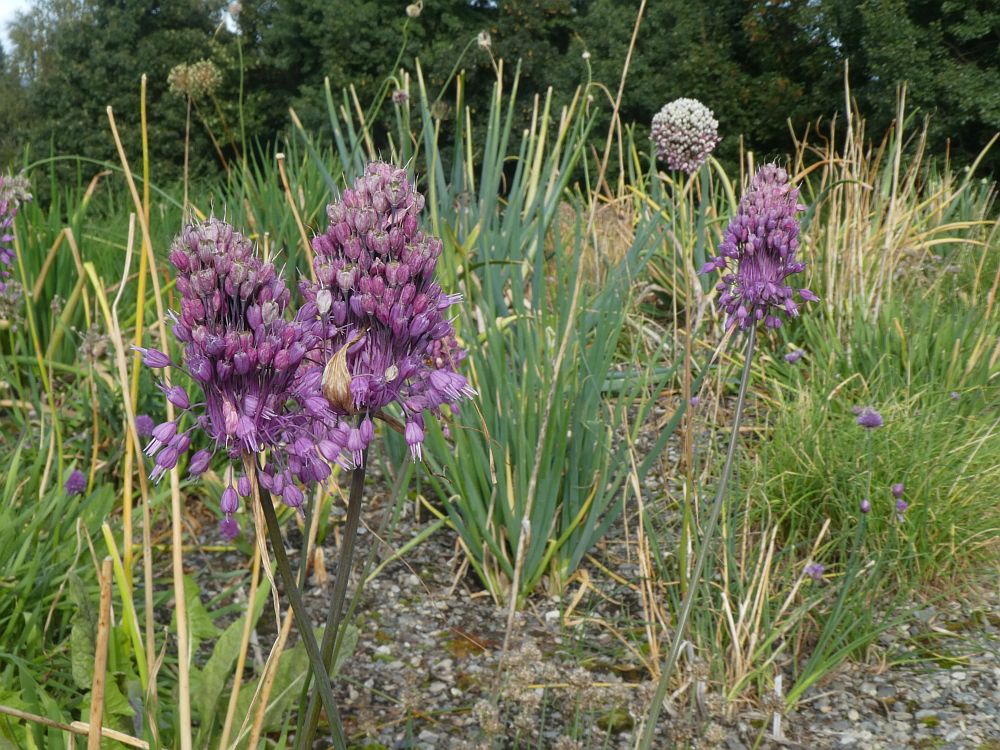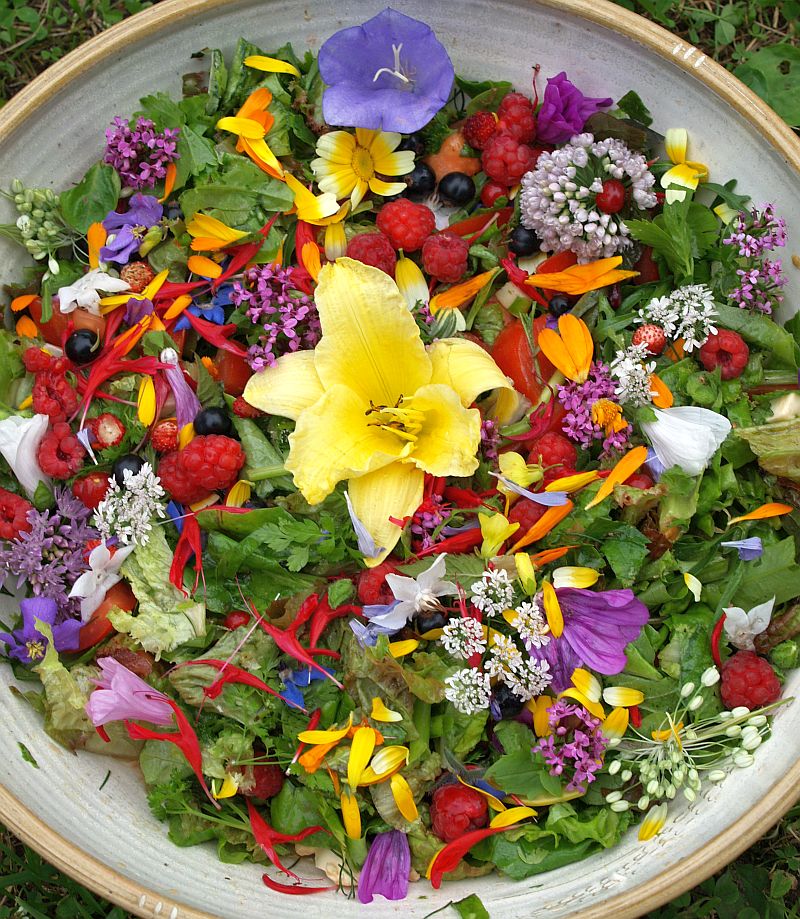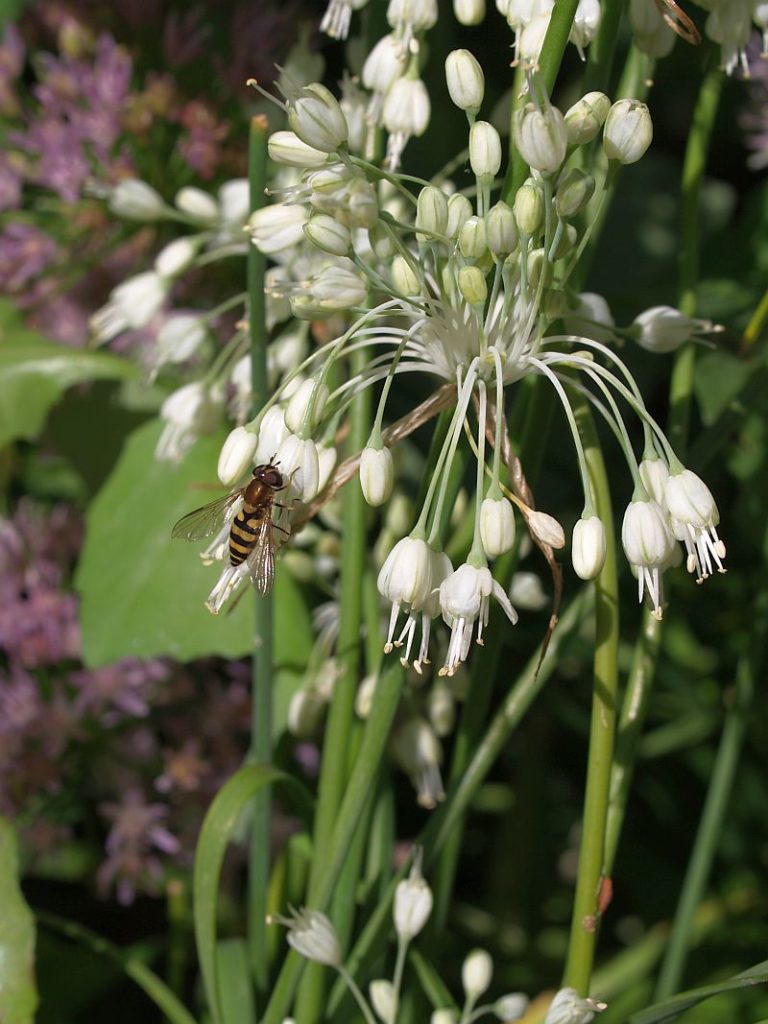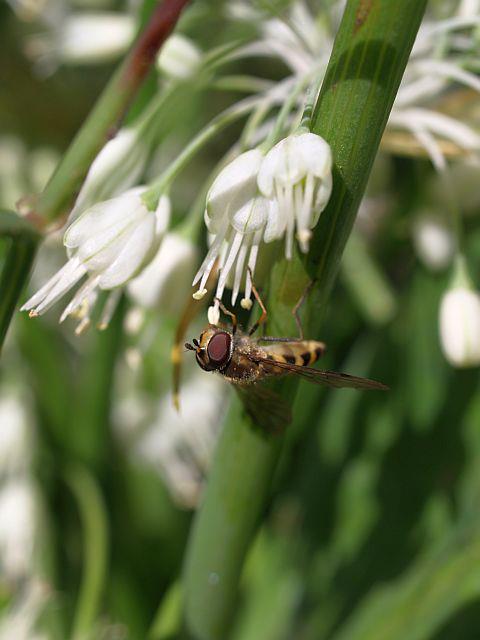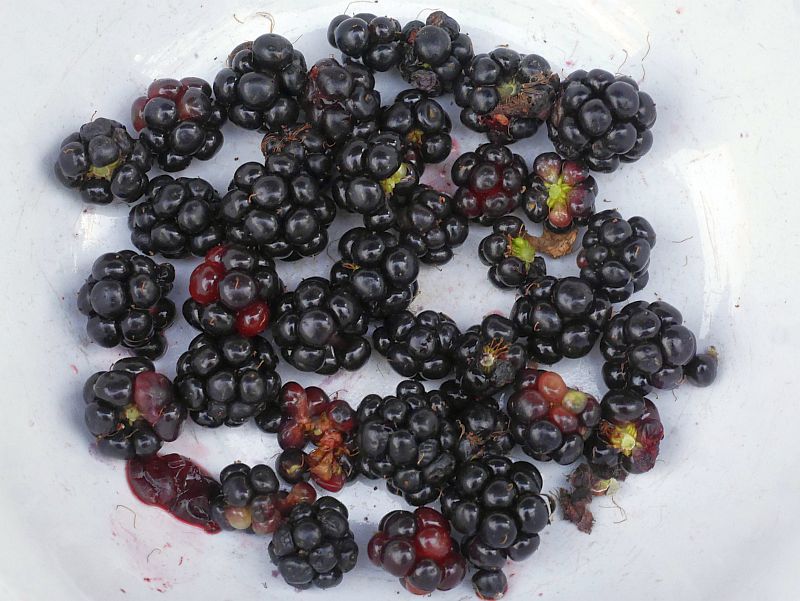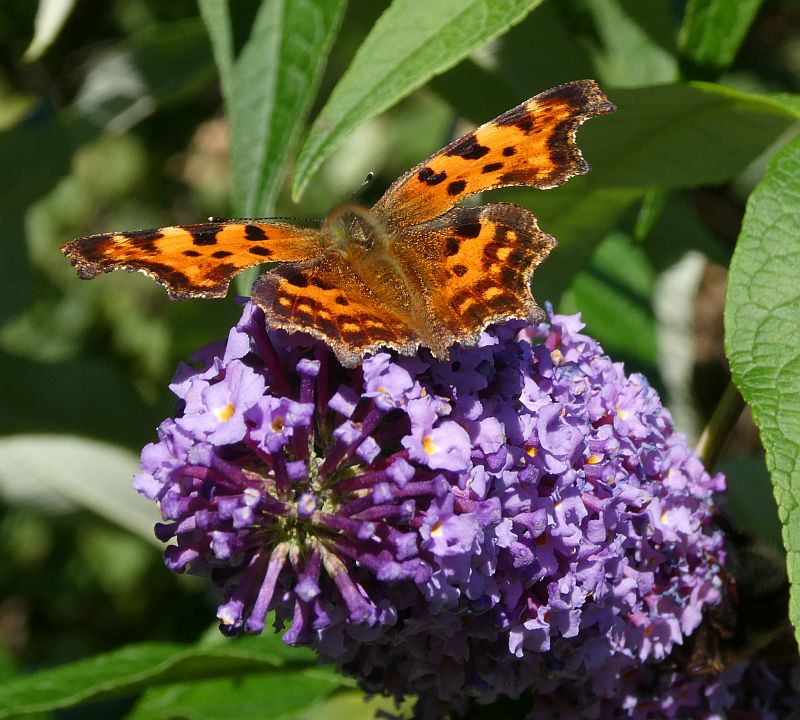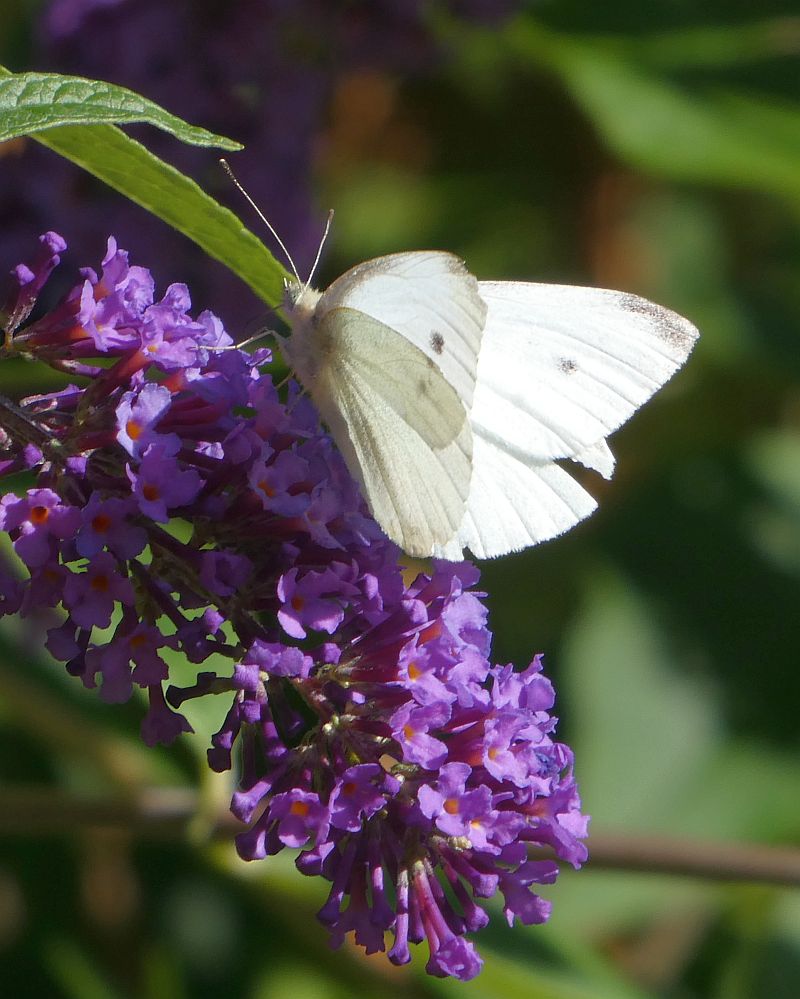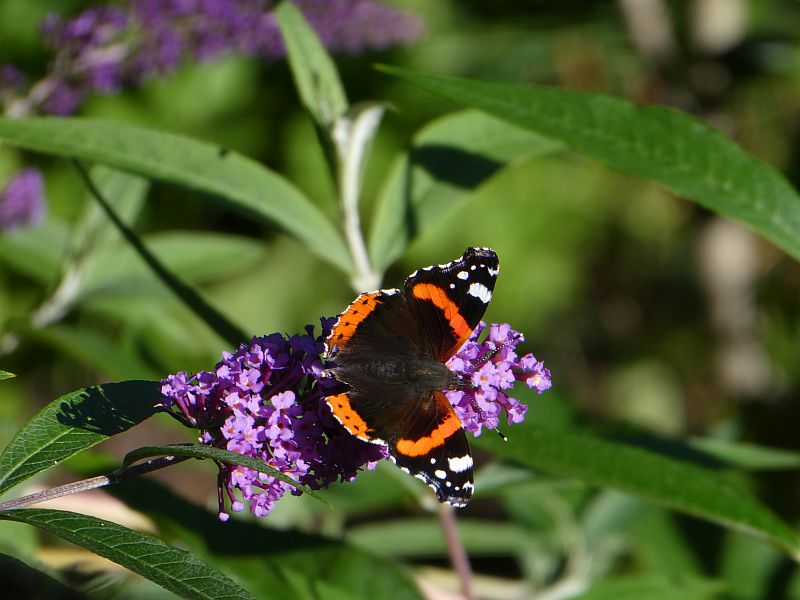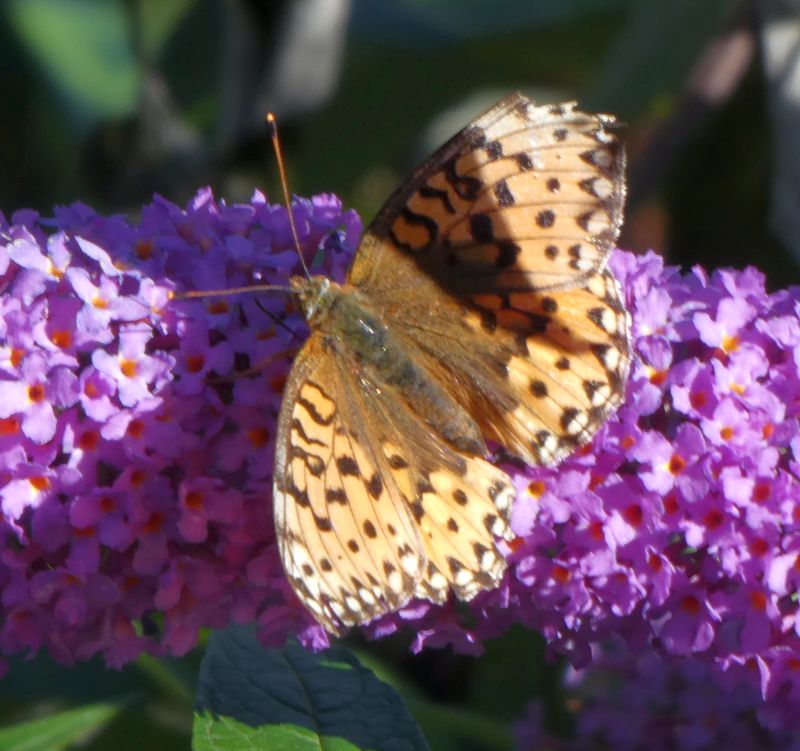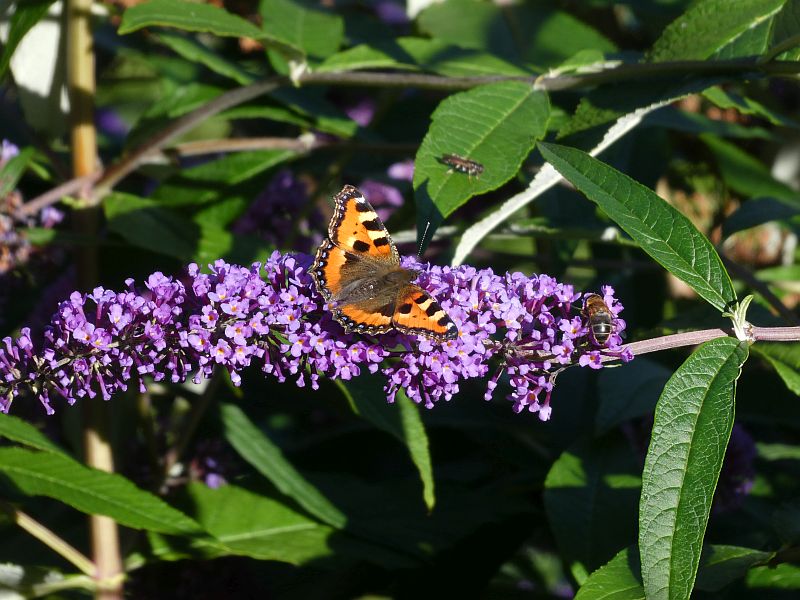The first painted lady (tistelsommerfugl) of the year in the garden (2 years since the last one during the 2019 invasion year). On teasle / kardeborre (Dipsacus).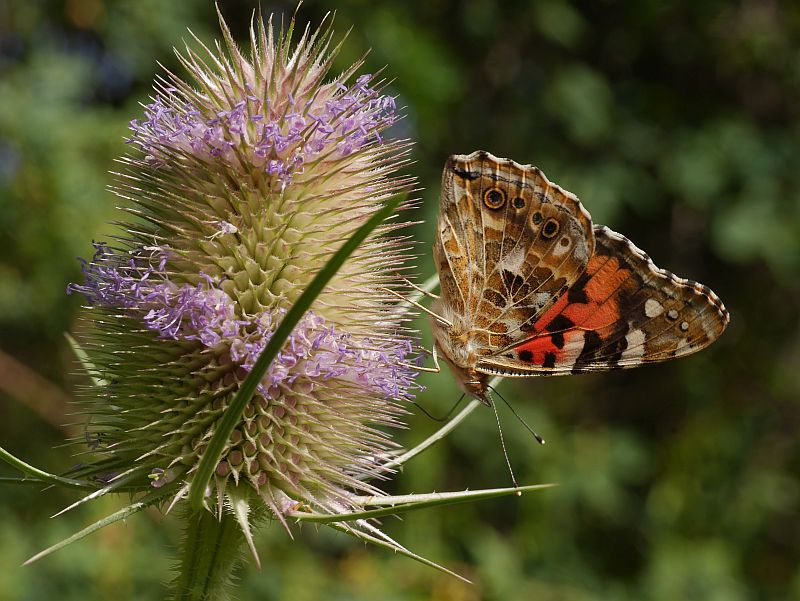
Category Archives: Pollinators
Dystaenia heaven
Along with many members of the Apiaceae (carrot family / umbellifers) the flowers of Dystaenia takesimana (Giant Ulleung Celery) are heaven for pollinators like hoverflies (blomsterfluer).
These great edi-ento-mentals thrive both in sunny conditions and in the complete shade of this Buddleja davidii (butterfly bush / sommerfuglbusk).
For more on this great multi-purpose plant, see https://www.edimentals.com/blog/?p=24998
Temnostoma vespiforme
Over the last couple of years I’ve been trying to document as much as possible of the incredible diversity of insects and spiders that are living in The Edible Garden. For many years I’ve noted and reported the birds I see in the garden. COVID gave me the opportunity finally to have time to look at the other life forms that I live with and it’s been quite a journey. I have a separate blog post on the moths (approaching 170 species) and I often post pictures of various pollinators on my edible plants (notably bees, beetles, wasps and hoverflies); edible plants that attract pollinators I term edi-ento-mentals (the most valuable plants are those that both provide food for me and the pollinators, and are also good to look).
I initially thought that the latest hoverfly to be documented was a large wasp, but it turns out to be Temnostoma vespiforme (Ginger or wasp-like tigerfly / vepsetreblomsterflue). It was feeding on Heracleum sphondylium (common hogweed / bjørnekjeks). The first record for Malvik kommune and only scattered finds before in this area. Larva of this species feed in decaying wood of deciduous trees.
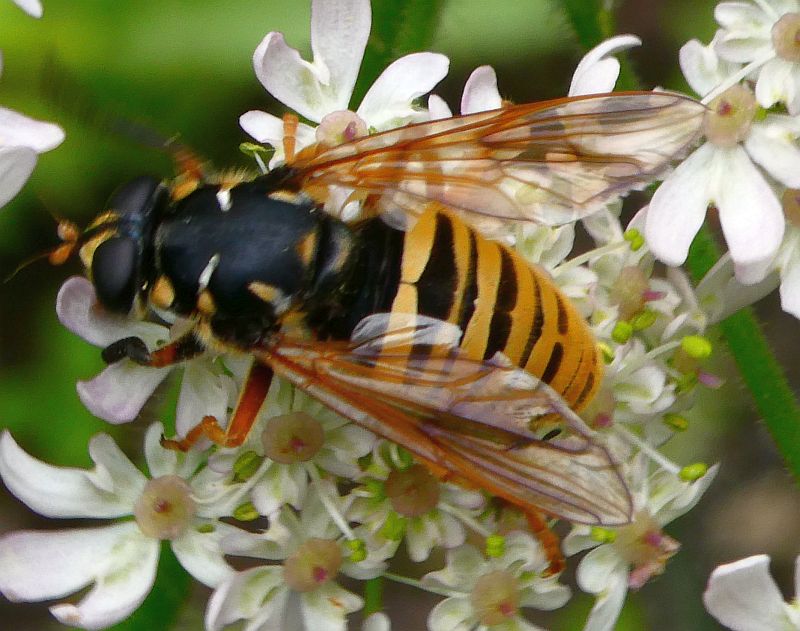
No shortage of bumblebees
Several species of bumblebee were queuing up for a turn on the Allium pskemense x cepa hybrid in the garden this afternoon:
Bee beetle
One of my favourite insects is the bee beetle / humlebille (Trichius fasciatus). This morning I saw it on one of my favourite onions victory onion / seiersløk (this one is Allium ochotense; the East Asian species – recently separated out as a species). Later I filmed it also on a hogweed (Heracleum spp.).
First seed saved for 2021
You’ll find old man’s beard or tysk klematis in Norwegian (Clematis vitalba) in Italian foraging books as the young cooked shoots are popular there in spring (they shouldn’t be eaten raw). There’s a very narrow time window for harvesting this, so I seldom eat much of it. However, it doubles as being an exceptoionally popular plant for pollinating insects (hoverflies and drone flies in particular) when it is in flower for a long period from late summer to autumn when there are few other flowers out. lt cilmbs up onto my balcony which makes photography easier!
I started this from seed collected on the chalk downs of Hampshire (in the area where I grew up) about 25 years ago.
Keeled garlic, a useful winter Allium and edimental in summer
There are Allium species that can be harvested year round in the garden, notably nodding onion / Norw:prærieløk (Allium cernuum) which I’ve blogged about before. In autumn, new shoots of Allium carinatum subsp. pulchellum (keeled garlic / Norw: rosenløk) appear and with the mild weather we’ve been experiencing they’ve already reached about 20 cm high. They are hardy and can survive to at least -20C. It’s now in the autumn that this edimental Allium is most useful. I use the shoots in a similar way to chives (Allium schoenoprasum), which died back some time ago and won’t reappear until spring (unless I force them indoors), in salads, cut and sprinkled on sandwiches, in scrambled egg, quiches etc. I use them from October to April.
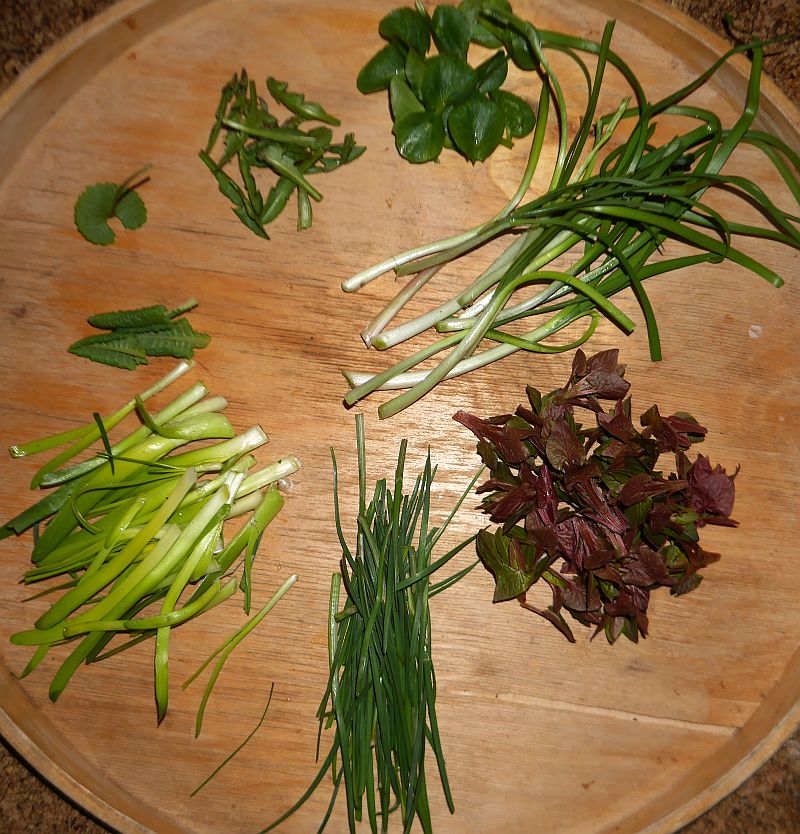
There are two colour forms, pink and white which are particularly valuable as they last such a long time and are popular with pollinators:
There are also forms with bulbils which can be a bit invasive:
You’ll see the flowers used as a tasty decoration in my multi-species salads (bottom right in the picture):
Allium carinatum is also popular with pollinators:
Last berries and pollinators
I thought the berry season was over with the frosts at the end of October, but with the air temperature in November so far above 0c I was able to harvest a few last blackberries (the bush has started flowering again) and 4 raspberries! Various pollinators had also emerged from hibernation including two hoverflies.
Buddleja Butterflies
By chance, the best two plants in the garden for pollinating insects in late summer are growing together in the garden. The Clematis vitalba (old man’s beard / tysk klematis) is in the foreground in the picture below and is popular with hoverflies, droneflies and bumblebees. Behind is my largest (of 3 Buddlejas, butterfly bush /sommerfuglbusk). We had one when we were growing up in the back garden, where my interest in insects and nature started. As the name suggests, it is most popular with butterflies (and moths), but bumble bees are also commonly seen on it. The Clematis reaches up to the balcony which allows me to study the insects at close hand. Clematis vitalba was planted in the garden as the cooked young shoots are commonly eaten in spring in Italy and is therefore one of the best edientomentals (edible/for the insects/ornamental) you can plant. Buddleja davidii is not edible and is in the entomental category.
Although the total number of butterflies is lower this year as last year we experienced a major invasion of painted lady (tistelsommerfugl) butterflies (only 2 observations in the last month in this part of Norway), there is a good diversity of species and you’ll find pictures and videos of the following species below:
Red admiral / admiral (up to 4)
Small tortoiseshell / neslesommerfugl (7)
Dark green fritillary / aglajaperlemorvinge (1)
Brimstone / sitronsommerfugl (colonising this area and my 3rd record this summer)
Comma / hvit C
Small white? / liten kålsommerfugl
Green-veined whites / rapssommerfugl have also been very common this year.
A possible small blue (dvergblåvinge) was also seen in the garden on Allium wallichii on 21st August.
Unusual Pollinators
A dark green fritillary (aglaya perlemorvinge) and my second red-tailed bumlebee (steinhumle) on my Buddleja and Clematis vitalba (old man’s beard….not me!)

